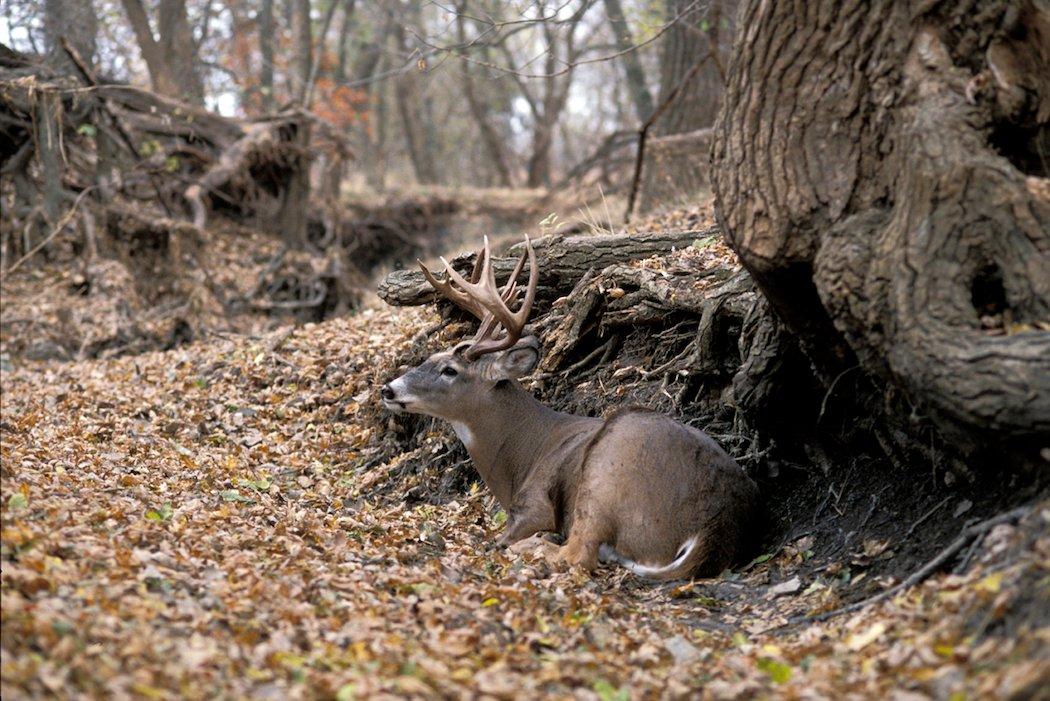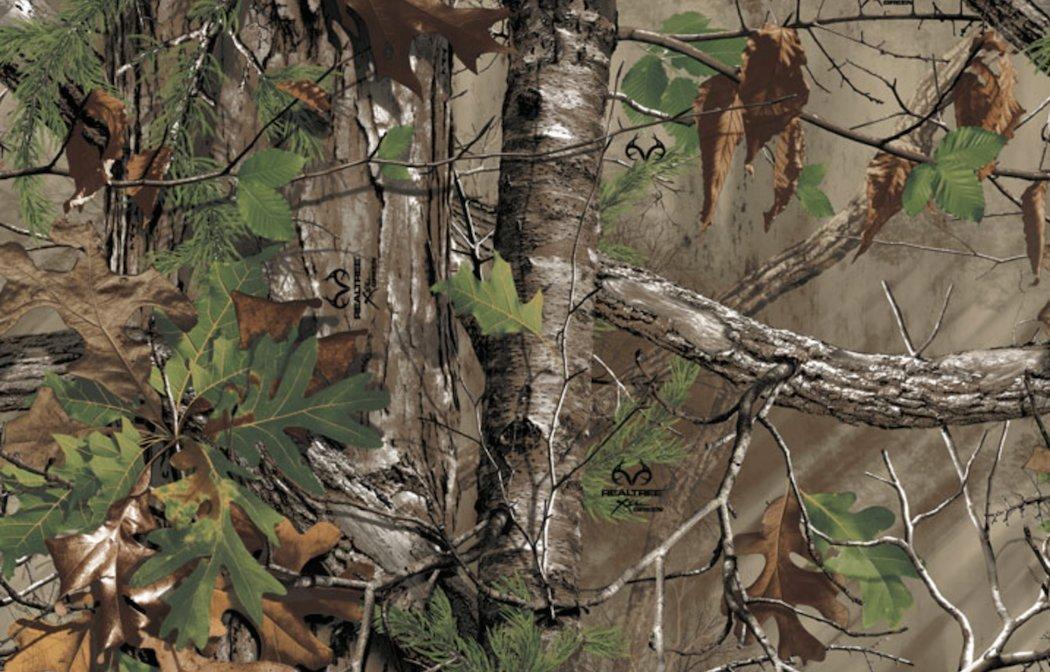Consistently Killing Old Deer Demands Attention to Detail
Getting close to mature bucks is a tough task. It's certainly an endeavor that isn't accomplished without sound judgment, attention to detail, habitat awareness, terrain-reading abilities, and skill. It's very difficult to do without an understanding of buck bedding behavior.
Here are eight common bedding habits that mature bucks live and die by. And in more cases than not, these things are what keep them alive.
1. Using Advantageous Terrain
There's a difference in hunting deer and hunting mature bucks. Deer — does and young bucks — will often bed much closer to food sources than mature bucks. In many cases, they bed in locations that provide much less security, too.
Mature bucks generally choose beds that provide some sort of advantage over predators. This is often directly related to the terrain type. For example, bucks frequently bed at the end of a ridge on a point. Bedding on these points usually allows them to see, smell and hear danger before it gets close enough to kill them. Look for areas that give deer the upper hand where you hunt, and that's generally where they'll be during daylight hours.
2. Hugging Tight to Food When Unpressured
Bucks that are pressured behave much differently than bucks that are unpressured. That's just the way it is. Outside of hunting season — mostly the spring and summer — virtually all mature bucks will bed close to food sources. They do so because of lack of fear. Hunters aren't chasing them at this time and their behavior reflects it. For those who hunt areas where the hunting pressure is relatively controlled, it's possible to hunt mature deer once the season begins that exhibit this same reckless behavior.
3. Bedding in Remote Locations When Pressured
The flip side of this is when hunters start hitting the woods. Everything changes once those mature deer catch wind (pun intended) of hunters. They relocate to bedding areas that provide better security and sanctuary. They move less during daylight. And the game gets that much harder.
4. Staying Close to Water
This is a very important variable that people often overlook. They get so wrapped up in food sources that water falls by the wayside. Studies show that deer often go to water before food when they get up in the evenings. Although not as important as cover and security, my experiences show this is an important factor when bucks choose bedding locations.
5. Their Backs to the Wall
Believe it or not, bucks often bed with their backs up against a log, rock or other object. This gives them additional cover and helps shield their presence from predators. It isn't as easy for hunters and predators to see deer when half their body is covered up.
6. Facing Downwind
Typically, bucks will bed against these solid objects (logs, rocks, etc.), watch downwind with their eyes, and cover their rear (upwind) with their nose. Of course, those ears are always on a swivel, too. This system allows deer to better protect themselves from danger.
7. Watching Their Back Trail
Just like it's ridiculous to think deer always walk into the wind, it's also ridiculous to say that deer ALWAYS do No. 5 and 6 above. That said, most of the time they do practice those two things. But even when they don't, bucks almost always seem to bed down and watch their back trail for predators.
8. Caution Varies
How cautious bucks are varies from buck to buck. Every whitetail has a different personality. Some bucks are warier than others. That's just the way it is. Beyond that, based on my experience, bedded bucks are warier of a morning than of an afternoon. Why? I'm not sure. Maybe bucks are restless and hungry by the afternoon and are more apt to throw caution to the wind. Maybe it's because they fear a predator might follow them back to bed of a morning and so they're more careful in their habits. Regardless, I feel bucks are more on edge when returning to their bedding areas than when they leave them.
Click here for more deer hunting stories and how-to's.
Go here to learn more on how to deer hunt.
Check us out on Facebook.









